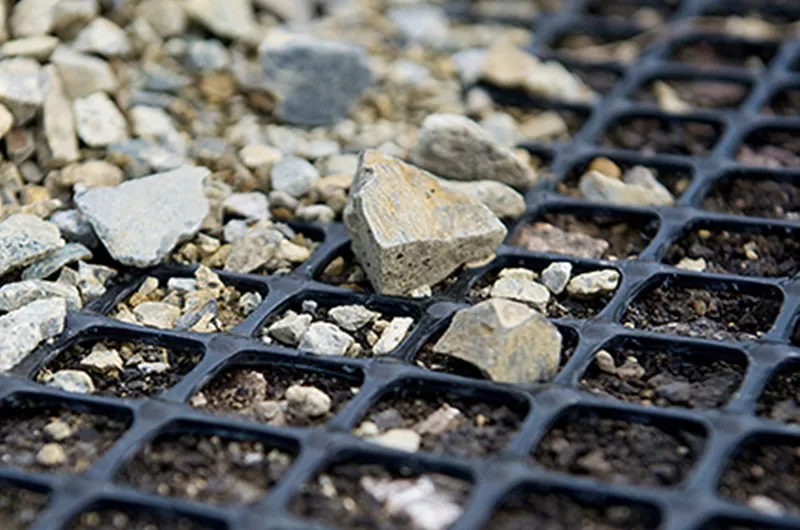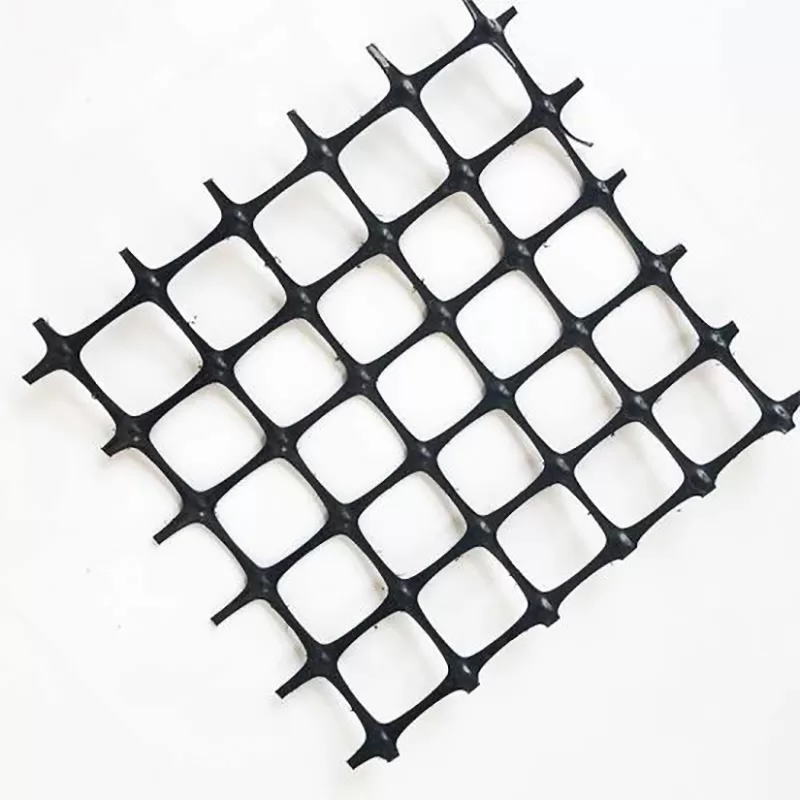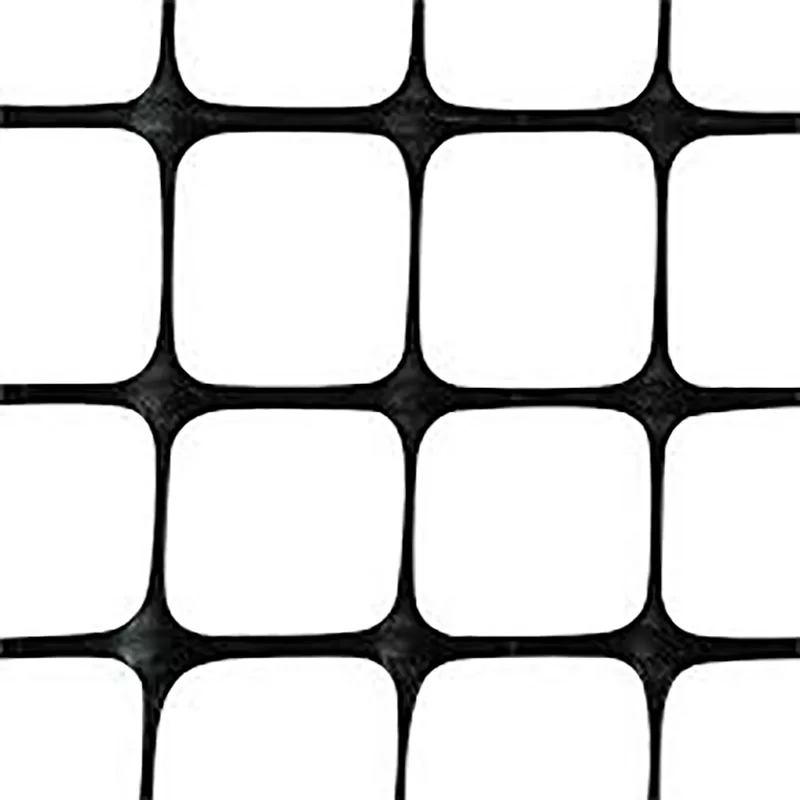+86-159 9860 6917
info@geofantex.com
geofantex@gmail.com
+86-400-8266163-44899
In the realm of modern construction, the use of geogrid geosynthetics in retaining walls has become increasingly popular due to their remarkable ability to enhance stability and longevity. This article delves into the critical role of geogrids in retaining wall applications, addressing common questions and providing insights into their effective use. Whether you’re a professional in the field or a curious homeowner, understanding the benefits and applications of geogrid geosynthetics in retaining walls is essential for ensuring structural integrity and durability.

Should I use Geogrid for the retaining wall?
Using a geogrid for a retaining wall can be a good idea, depending on the type of wall, the height of the wall, and the soil conditions. Geogrids are typically used to reinforce the soil behind the retaining wall, increasing its stability and preventing failure. Here are a few factors to consider:
- Wall Height: For taller retaining walls (generally over 3-4 feet), geogrid reinforcement can significantly improve the wall’s performance by providing additional lateral support to the soil mass.
- Soil Type: If the soil behind the wall is loose or poorly compacted, or if there are issues with soil stability, geogrids can help distribute the load more evenly and prevent sliding or shifting.
- Wall Type: Some types of retaining walls, such as segmental block walls, are specifically designed to incorporate geogrids. These walls use geogrids to anchor the soil to the wall blocks, increasing their overall strength and performance.
- Load Conditions: If you expect heavy loads on the retaining wall (like from vehicles, buildings, or high foot traffic), adding geogrids can help handle those loads more effectively by distributing the pressure through the reinforced soil.
If you’re dealing with a small wall or ideal soil conditions, you might not need geogrids. But for larger or more critical applications, they can provide essential support.
Do you have a specific project you’re working on? I can give more detailed advice based on the wall’s design and the soil conditions.
What is the best geogrid for a retaining wall?
For retaining walls, the best geogrid depends on your specific needs:
- Uniaxial Geogrid – Best for high-strength, load-bearing walls. Used in gravity and segmental walls.
- Biaxial Geogrid – Good for general use, where load is applied in multiple directions.
- PET or PP Geogrid – Durable and resistant to chemicals, suitable for heavy-duty applications.
- HDPE Geogrid – UV and chemical resistant, ideal for harsh environments.
Choose based on wall height, soil type, and environmental conditions.

How long is a geogrid for a retaining wall?
The length of a geogrid for a retaining wall is not a one-size-fits-all measurement. It largely depends on the height of the wall and the soil conditions. As a general rule, the length of the geogrid should be at least 60-70% of the wall height, or approximately 0.8 x Retaining Wall Height. For instance, for a 10-foot high wall, the geogrid length should be at least 6-7 feet, aligning with the 0.8 x Retaining Wall Height guideline. However, specific projects may require different lengths for optimal stability, so it’s important to consult with a structural or geotechnical engineer for precise calculations.
How many layers of geogrid do I need?
The number of geogrid layers required in a retaining wall depends on the wall’s height and the loads it needs to support. Typically, a layer of geogrid is placed every 2 feet of wall height. For example, a 10-foot high wall would generally require around 5 layers of geogrid. However, this can vary based on soil conditions and wall design. It’s crucial to follow the recommendations of a structural engineer or a geotechnical expert to ensure the wall’s integrity and safety.
Geogrid geosynthetics have revolutionized the construction of retaining walls, offering enhanced stability, durability, and efficiency. Their application depends on various factors, including wall height, soil type, and load requirements. Choosing the right type of geogrid, determining the appropriate length, and calculating the necessary number of layers are critical steps in ensuring the effectiveness and longevity of a retaining wall. Consulting with engineering professionals is essential in making informed decisions tailored to the specific needs of your project. Embracing geogrid technology in retaining wall construction not only optimizes structural integrity but also contributes to safer and more sustainable building practices.



Get Free Sample
We’ll respond as soon as possible(within 12 hours)






















